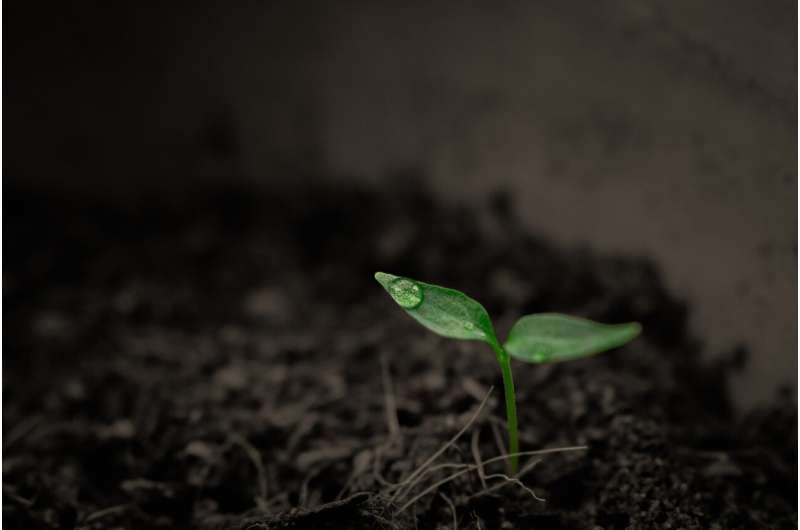Credit: CC0 Public Domain
Aggregates of different sizes provide heterogeneous microhabitats for soil microorganisms, which in turn drive the cycling and transformation of soil materials and energy, and have different effects on key processes related to nutrient supply and storage. The role of soil aggregates in ecosystem services such as carbon sequestration, fertilizer preservation and erosion prevention has been widely studied. However, little is known about their roles in mediating the relationship between soil and plant community properties.
The Soil Chemistry Research Team from the Institute of Applied Ecology of the Chinese Academy of Sciences (CAS) studied the relationships between the physical and chemical properties of soil aggregates of different sizes, and the biomass and richness of plants, as well as the responses of these variables to grassland management regimes (long-term nitrogen fertilization and mowing) on semi-arid meadows near the Erguna Forest-Steppe Ecotone Research Station.
According to the researchers, there was a significant correlation between plant characteristics (biomass and species richness) and macro-aggregate properties (ratio of available nutrients to eubacteria) under the nitrogen addition and mowing treatment. But this correlation is not the case for micro-aggregates.
The results indicate that large aggregates are the main structural unit supplying soil nutrients (nitrogen and phosphorus) for plant growth.
Furthermore, plant species diversity may affect the microbial community composition in macro-aggregates through regulating the diversity of plant source carbon, and in turn have different effects on nutrient cycling processes in macro- and micro-aggregates.
The research titled "Carbon storage and plant-soil linkages among soil aggregates as affected by nitrogen enrichment and mowing management in a meadow grassland" has been published in Plant and Soil.
More information: Ruzhen Wang et al. Carbon storage and plant-soil linkages among soil aggregates as affected by nitrogen enrichment and mowing management in a meadow grassland, Plant and Soil (2020). DOI: 10.1007/s11104-020-04749-0
Provided by Chinese Academy of Sciences























